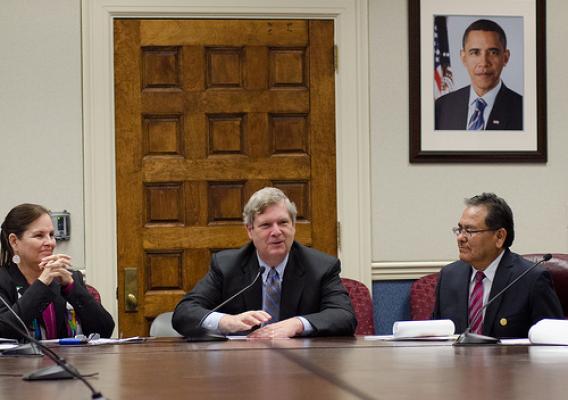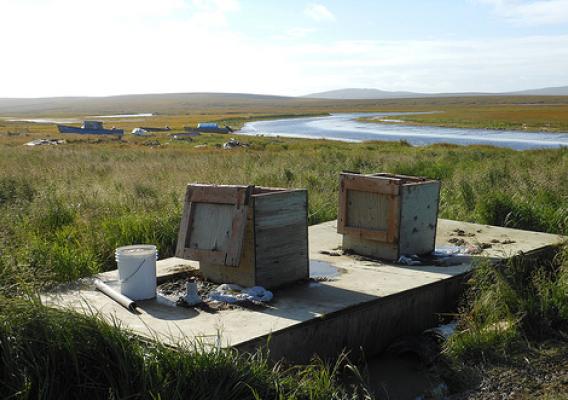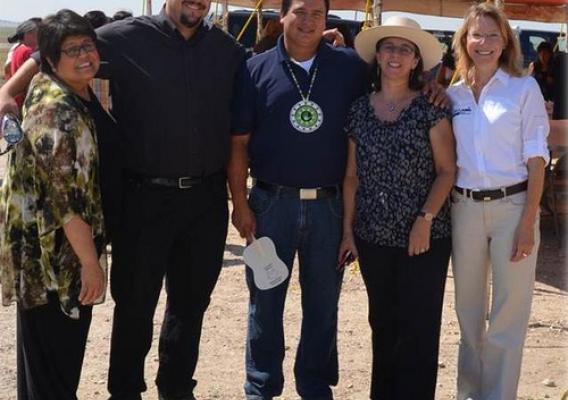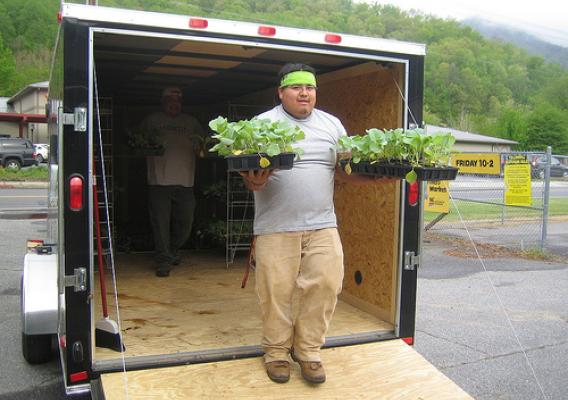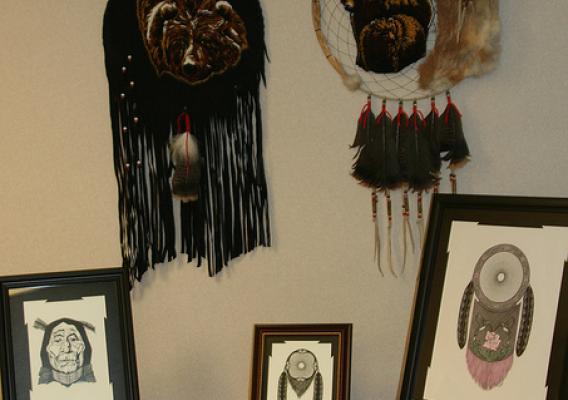Earlier this month, I submitted a blog discussing plans to observe Native American Heritage Month in South Dakota. USDA Rural Development South Dakota staff held a Native American interactive day on November 28, which included traditional teachings, significance of the circle, meal, a game of “all my relations” and Native Pictionary. Today marks the final day of Native American Heritage Month, 2012.
Native American Heritage month is an opportunity for learning and sharing of Native American culture. USDA staff were educated on the symbolism of the circle and its relevance to the Native American people with Rural Housing Specialist Ken Lynch reading a quote from Black Elk Holy Man of the Oglala Sioux; USDA Rural Development State Director Elsie Meeks provided comments in support of this event and traditional foods included smoked white fish, salmon, herring, and fish spread. The hand smoking with native hardwoods brings out the delicate flavor of these fish. Chicken, a wild rice dish, and squash was provided by Rural Housing Technician Hetti Cekalla and her husband Leroy. Also served were Indian fried bread, vegetables, dessert and drinks.

